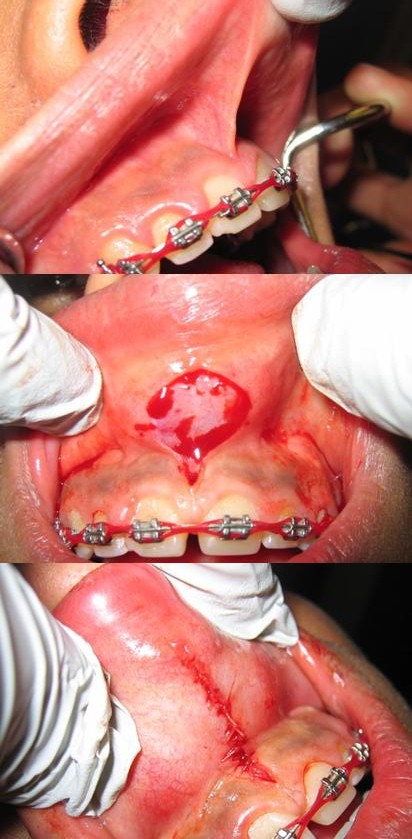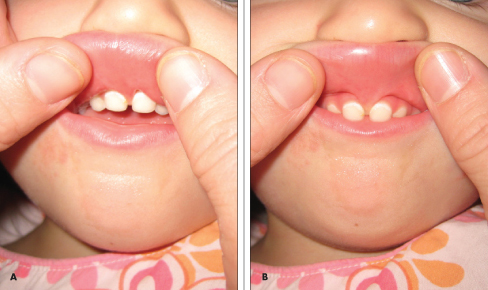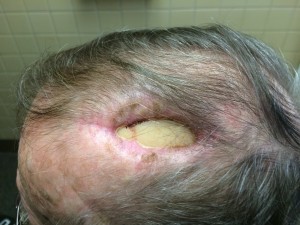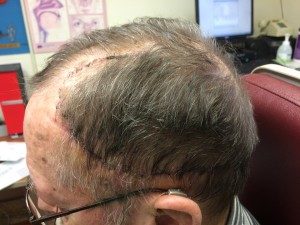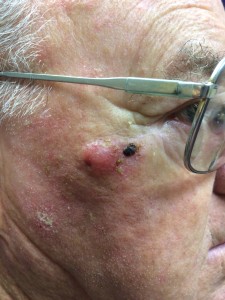I am reposting this because of a social media interest in what is termed “posterior tongue tie”. It is described as a fibrous banding deep in the floor of mouth that causes feeding difficulties. It seems to be a problem mostly manufactured by those wanting to exploit others. Most of us think of being tongue-tied as a situation where we find ourselves too excited or nervous to speak. Actually, tongue tie is a term for a relatively common physical condition that limits the use of the tongue, medically called “ankyloglossia”.
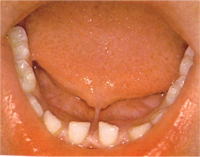 Before we are born, a strong cord of tissue (the frenulum) that guides development of mouth structures is positioned in the center of the mouth. After birth, the frenulum continues to guide the position of incoming teeth. As we grow, it recedes and thins.
Before we are born, a strong cord of tissue (the frenulum) that guides development of mouth structures is positioned in the center of the mouth. After birth, the frenulum continues to guide the position of incoming teeth. As we grow, it recedes and thins.
This frenulum is visible and easily felt if you look in the mirror under your tongue. In some children, the frenulum is especially tight or fails to recede and may cause tongue mobility problems.
The tongue is one of the most important muscles for speech and swallowing. For this reason, having tongue tie can lead to eating or speech problems, which may be serious in some individuals. Posterior tongue tie is a nebulous term that lacks a clear definition or treatment.
